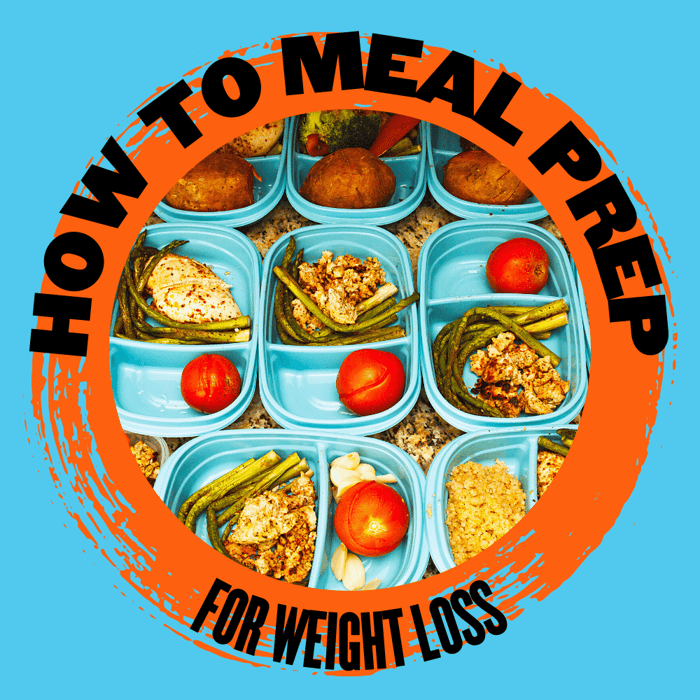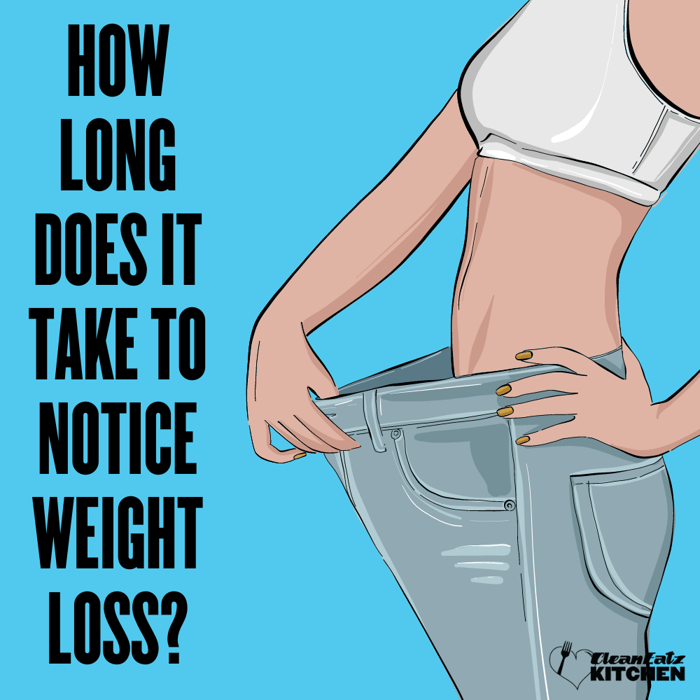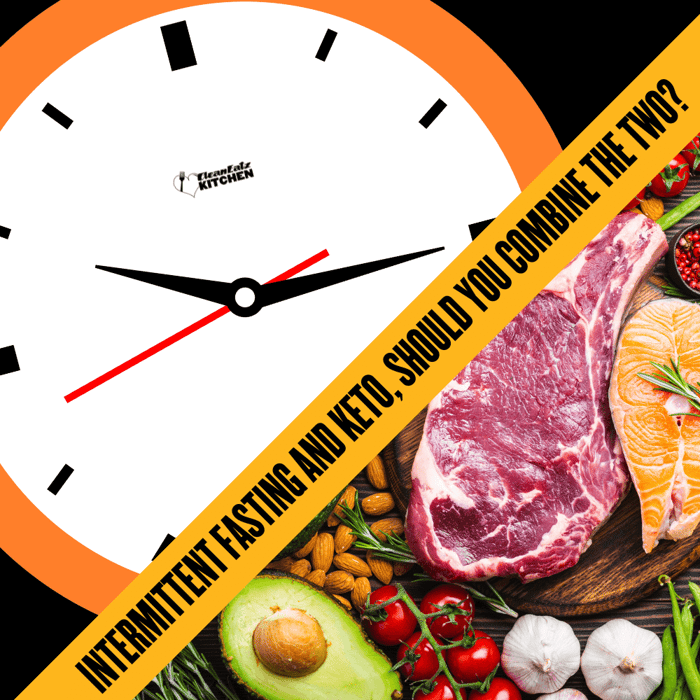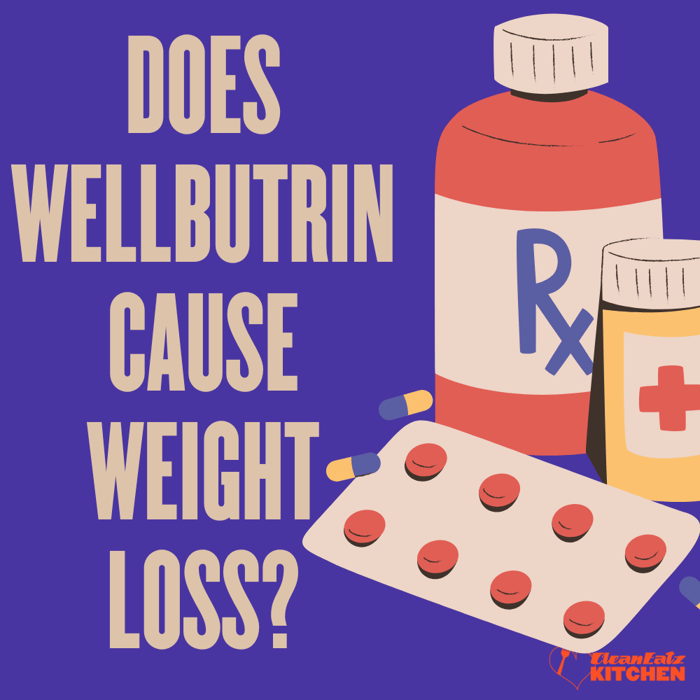Why meal prep works for weight loss
- Built-in calorie control: Pre-portioned meals make it easier to stay in a deficit without constant tracking. See our calorie-goal guide.
- Higher satiety per calorie: Centering meals on protein and fiber keeps you full and protects lean mass while dieting. Learn more in high-protein basics and foods that help with weight loss.
- Less decision fatigue: One batch session avoids reactive takeout choices and sodium/sugar surprises. If you prefer done-for-you, explore our meal plans and check Nutrition Info.
A 5-step system (done in ~60–90 minutes)
- Pick your target. Choose daily calories and a protein floor (most people do well with 25–40 g protein/meal), then decide on 1–2 snacks. (Protein rationale below.)
- Choose 4 components: 1–2 proteins (e.g., chicken thighs, extra-lean turkey, salmon, tofu/tempeh), 1–2 high-fiber carbs (quinoa, brown rice, potatoes, beans), 2–3 veggies (fresh or frozen), and 1 flavor kit (herbs/spices, salsa, light sauce).
- Batch-cook fast: Sheet-pan protein + veggies; Instant Pot or stovetop for grains/beans. Roast two trays at once; cook extras for the freezer.
- Pre-portion. Divide into 8–12 containers: add protein first, then veggies, then carbs, then measured fats (oil, nuts, cheese). Label with contents + date.
- Finish with “grab-and-go.” Prep 2–3 snack boxes (ideas below) and a shaker bottle. Keep a list of swaps on your fridge to avoid boredom.
Plate formula & portion targets
- ½ plate non-starchy veggies or fruit
- ¼ plate lean protein (25–40 g per meal)
- ¼ plate high-fiber carbs (whole grains/beans/potatoes)
- + 1–2 tsp oil or a small portion of nuts/seeds for flavor
Protein helps with fullness and muscle retention; most adults also benefit from hitting daily fiber (see references).
Want training fuel timing? See post-workout carbs. Prefer portions over counting? Compare portion vs. calorie counting.
Mix-and-match menus (5 days)
Each meal below roughly targets 400–650 kcal depending on carb/fat add-ons. Adjust portions to fit your plan.
- Protein: grilled chicken thighs; ground turkey (93%); salmon; firm tofu; black beans.
- Carbs: quinoa; brown rice; roasted potatoes; farro; corn/bean salsa.
- Veggies: broccoli, green beans, peppers/onions, zucchini, slaw mix; salad kits (light dressing).
- Flavor kit: taco spice + salsa + lime; garlic-herb + lemon; curry paste + light coconut milk; gochujang + rice vinegar; pesto (measure).
Sample 5-day rotation
- Bowl A: Chicken + quinoa + roasted peppers/onions + salsa & lime yogurt.
- Bowl B: Salmon + brown rice + broccoli + sesame-ginger drizzle.
- Bowl C: Turkey + potatoes + green beans + pesto (measured).
- Bowl D (veg): Tofu + farro + zucchini + curry paste + light coconut milk.
- Bowl E: Black beans + rice + slaw + avocado (measured) + pico.
Snack boxes that keep you full
- High-protein dairy: cottage cheese or Greek yogurt + berries + 1 Tbsp almonds.
- Savory box: 2 hard-boiled eggs + veggie cup + whole-grain crackers + mustard/hot sauce.
- Plant option: hummus + carrots/celery + roasted chickpeas.
Keep added sugar modest and sodium in check; see AHA tips in references.
Food-safety & storage (read this!)
- Cool fast, store fast: Put hot food into shallow containers and refrigerate within 2 hours (1 hour if >90°F).1, 2
- Fridge timeline: Most cooked leftovers are best within 3–4 days at ≤40°F.3
- Reheat right: Heat leftovers to an internal 165°F (74°C); stir and cover when microwaving for even heating.4, 5
- Rice & grains: Cool quickly, refrigerate promptly; improper holding can allow Bacillus cereus toxin to form—heat won’t destroy the toxin.6
- Eggs: Hard-boiled eggs keep about 7 days refrigerated; chill within 2 hours.7
- Freezer: Freeze extra portions for longer storage (quality best within a few months); thaw in the fridge, not on the counter.4
Prefer “set it and forget it?” Pair CEK meal plans with these rules and you’ll stay consistent without the Sunday cook-a-thon.
FAQs
Do I have to count calories to meal prep?
No. Use the plate formula and pre-portion containers. If progress stalls, track for a week and adjust. See portion vs. calorie counting.
How much protein should I aim for?
Most people do well with ~25–40 g per meal, spaced across the day, with total daily protein based on your bodyweight and activity (see reference).
How do I avoid boredom?
Keep the base the same (protein + produce + carb), rotate seasonings and sauces weekly (taco, curry, pesto, BBQ, ginger-garlic).
Can I meal prep salads?
Yes—layer sturdy greens with crunchy veg and grains/beans in jars; keep protein and dressing separate until serving.
What about breakfast?
Ideas: Greek-yogurt parfaits, egg-and-veggie bake, overnight oats with protein, or a protein-rich smoothie.
References
- CDC — Four steps to food safety; refrigerate perishables within 2 hours (1 hour if >90°F). cdc.gov
- USDA FSIS — The “Danger Zone” (40–140°F) and shallow-container cooling. fsis.usda.gov
- USDA FSIS — Keep food safe: most cooked leftovers used within 3–4 days. fsis.usda.gov
- USDA FSIS — Leftovers & Food Safety; reheat to 165°F. fsis.usda.gov
- FoodSafety.gov — Safe Minimum Internal Temperature Chart (leftovers 165°F). foodsafety.gov
- FDA/USDA materials on Bacillus cereus risk in improperly cooled rice and cooked grains. fda.gov · guidance PDF
- USDA — Hard-cooked eggs: safe ~7 days refrigerated; chill within 2 hours. ask.usda.gov
- ISSN Position Stand — Practical protein per meal ~20–40 g, spaced across the day. jissn.biomedcentral.com
- National Academies — Adequate Intake for fiber (≈25 g women, 38 g men). nap.nationalacademies.org
- American Heart Association — Keep added sugar modest and sodium under control. AHA sugar · AHA sodium
Educational content only; not medical advice.




